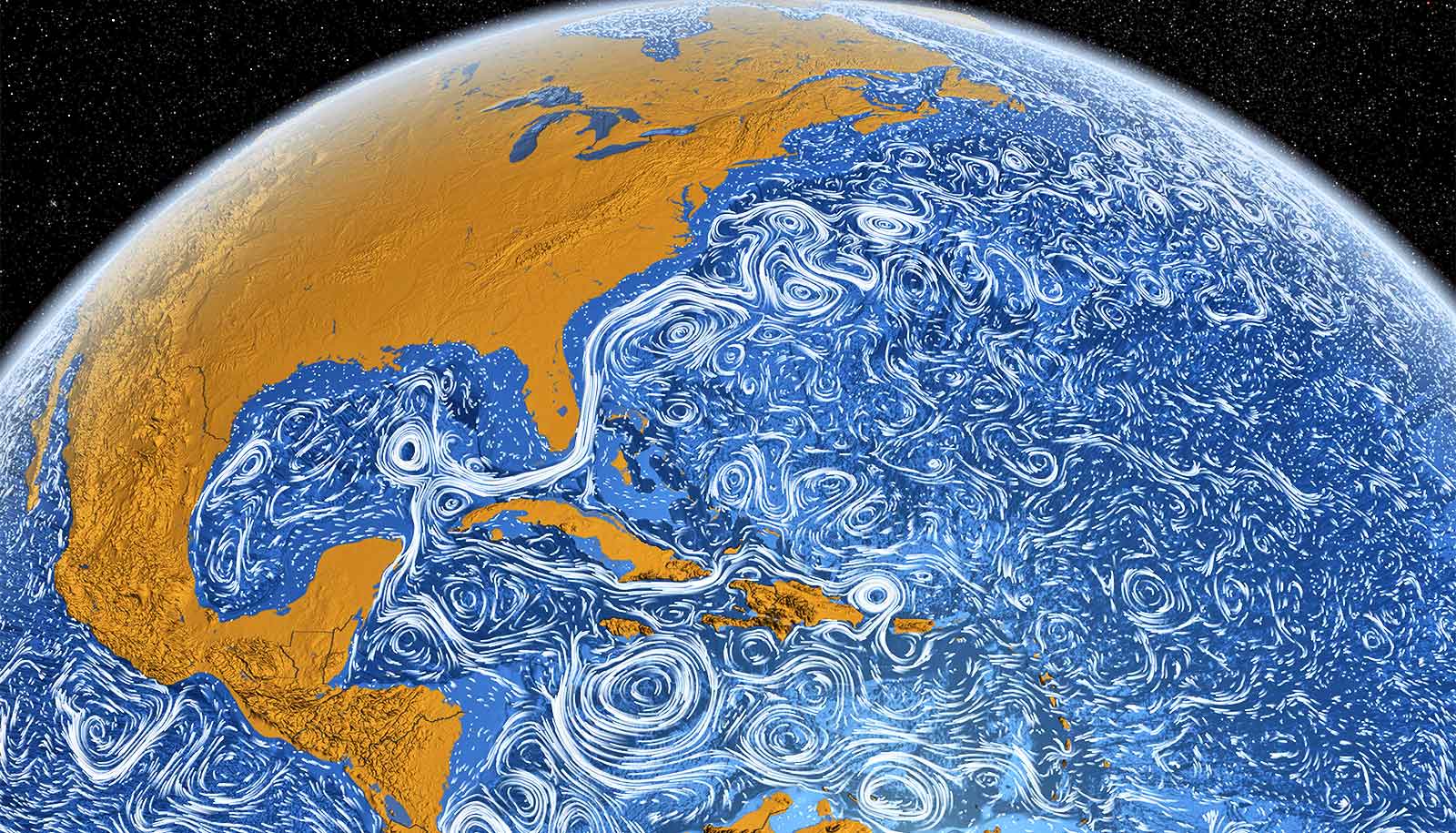Researchers have found evidence for natural selection’s role in the evolution of nose shape in people.
They say the shape of someone’s nose and that of their parents was formed by a long process of adaptation to our local climate.
“We are interested in recent human evolution and what explains the evident variation in things like skin color, hair color, and the face itself,” says Mark Shriver, professor of anthropology at Penn State. “We focused on nose traits that differ across populations and looked at geographical variation with respect to temperature and humidity.”
Shriver and colleagues considered a variety of nose measurements, looking at the width of the nostrils, the distance between nostrils, the height of the nose, nose ridge length, nose protrusion, external area of the nose, and the area of the nostrils. The measurements were made using 3D facial imaging.
Differences in the human nose may have accumulated among populations through time as a result of a random process called genetic drift. However, divergent selection—variation in natural selection across populations—may also be the reason that different populations have differing noses. Teasing the two apart is difficult, especially in humans.
The researchers found that the width of the nostrils and the base of the nose measurements differed across populations more than could be accounted for by genetic drift.
Warm and humid, or cold and dry
To show that the local climate contributed to this difference, the researchers looked at the spatial distribution of these traits and correlated them with local temperatures and humidity. They showed that the width of the nostrils is strongly correlated with temperature and absolute humidity
The researchers note in PLOS Genetics that “the positive direction of the effects indicate that wider noses are more common in warm-humid climates, while narrower noses are more common in cold-dry climates.”
“It all goes back to Thompson’s Rule (Arthur Thompson),” says Shriver. “In the late 1800s he said that long and thin noses occurred in dry, cold areas, while short and wide noses occurred in hot, humid areas.
“Many people have tested the question with measurements of the skull, but no one had done measurements on live people.”
Can you sneeze without closing your eyes?
One purpose of the nose is to condition inhaled air so that it is warm and moist. The narrower nostrils seem to alter the airflow so that the mucous-covered inside of the nose can humidify and warm the air more efficiently.
It was probably more essential to have this trait in cold and dry climates, says Shriver.
People with narrower nostrils probably fared better and had more offspring than people with wider nostrils, in colder climates. This lead to a gradual decrease in nose width in populations living far away from the equator.
Shriver notes that this is not the only explanation for nose-shape variation in humans.
The researchers also found differences between men and women in nose features across the board. This sexual dimorphism is not unusual, as human men tend to be larger than human women, and their noses would be larger as well.
You have a beautiful nose
He thinks another way that the cross-population differences in nose size may occur is through sexual selection. People may choose mates simply because they find a smaller or larger nose more attractive.
If an entire group thinks small is better, then those with large noses will have less success in reproducing and fewer large-nosed people will be in the group. Over time, the nose size in the group will shrink relative to other groups where large noses are favored.
These notions of beauty may be linked to how well-adapted the nose is to the local climate.
Virtual nose keeps gamers from feeling sick
Ecological selection and sexual selection could reinforce each other, according to the researchers. However, whether this connection between the two types of selection was important in the evolution of the nose requires further investigation.
Researchers collaborating on the study are from Katholic University Leuven; Trinity College, Dublin; and University of Illinois, Urbana-Champaign.
The US Department of Defense, University of Illinois, Penn State, Flemish Institute for the Promotion of Innovation by Science and Technology in Flanders, and the Research Program of the Fund for Scientific Research—Flanders supported the work.
Source: Penn State



